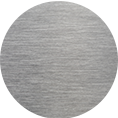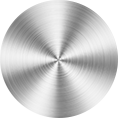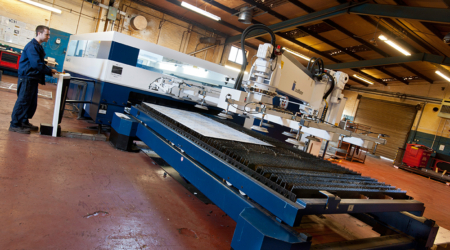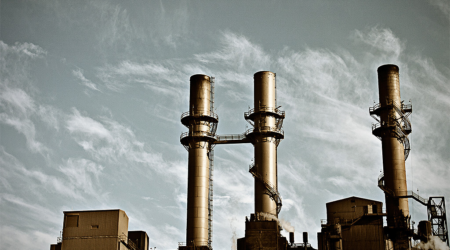Laser technology has been a major contribution to the manufacturing industry. Without lasers, automation – a technology by which a process is performed with minimal human assistance – wouldn’t be possible. With automation, industries benefit in cost reduction and company productivity is increased.
What is laser?
Laser (light amplification by stimulated emission of radiation) is made up of beams of electromagnetic radiation which can help us understand more about our environment, diagnose and treat diseases, produce reliable energy sources and of course help us to perform increasingly intricate tasks such as laser cutting which can be helpful for many industries.
Laser technology for health
laser cutting is often employed in the medical industry for medical devices manufacturing, devices which can be extremely small. Lasers are commonly applied in numerous medical fields, such as dentistry, cardiology, and neurosurgery for their ability to deliver high precision treatments. In cholesterol testing, lasers have been used to develop a highly accurate cholesterol test that is more precise and cost-effective. The technology is involved in the generation of radiation sources that are used for cancer detection. Laser cutting has also contributed to the development of Laser-in-SituKeratomi, a device that uses a computer-controlled cool beam of light to reshape a damaged cornea.
One of the most important uses of laser cutting in this field is to develop laser cut medical devices which allows extremely fine precision cuts. Other uses of laser cutting in this field are for creating vascular clips, valve framers, bone reamers and flexible shafts.
Laser cutting for the environment
Laser cutting has been used effectively in the place of many older, less environmentally friendly technologies. Laser cutting decreases waste without using harmful resources: lasers are capable of working on a small scale, providing both functional and environmental benefits e.g. reduced energy wastage; laser printers are used nowadays as an alternative to ink-based printers and laser technology is being employed in research on climate change.
Many traditional industrial methods were not environmentally friendly, but laser technology has been able to correct these issues and this trend will continue as the laser cutting technology continues to improve.
Laser cutting for metalwork
One of the most frequent applications of laser is to cut metal. A laser can be used to deliver the same clean cuts and smooth finishes. The process can be used on different metals, including steel, tungsten, nickel, brass and aluminium. In this field, laser cutting is commonly employed in the manufacture of car bodies or mobile phone casing.
Traditional metalwork involves a lot of work, especially in cutting. With laser cutting technology, the process has been made easy and less time-consuming.
Laser cutting for marking and engraving
Lasers are capable of performing laser engraving and laser marking. Marking and engraving can be utilised on an object, often increasing its value and even adding practical function. Jewellery makers embrace these processes in order to engrave or mark jewellery in all forms.
Cutting of silicon and ceramics
Silicon is a vital material used in numerous industries including microelectronics, solar and semiconductors. Silicon helps to operate most technological products.
Ceramics has a wide range of applications due to the ability to conduct electricity and electrical insulation.
As the laser cutting process offers precise cuts, silicon components and products have been able to adapt to reduce in size.
Laser cutting for business cards
Despite all the technological advancements, business cards are irreplaceable. They are part of a branding exercise as they ease the way of giving contact details, create trust and establish a strong relationship with clients. Business cards keep details in the mind. Laser cutting technology has allowed the creation of metal business cards using a laser cutter.
Laser for security system
Security systems protect valuables, deter crime and allow remote access to homes. A laser alarm system operates by projecting a beam of light across a doorway or window opening. When the light is obstructed, the alarm is activated. The system uses a laser light and a light sensor. Detection systems have been manufactured using laser to detect liquid explosives, counterfeit and illicit drugs. Therefore, laser cutting security systems are reliable and 100% consistent at the point of manufacture.
Communication
Laser cutting technology has a wide range of applications in the communication sector, such as the development of fibre optics, which have contributed to long-distance telephone communications and the internet. Fibre optics have become of great importance to telecommunications industry due to their flexibility, lower cost, improved performance and higher efficiency in communication.
It’s easy to see why laser cutting technology has contributed so much to modern society. Laser technology is expanding and new developments are constantly being created utilising laser.









